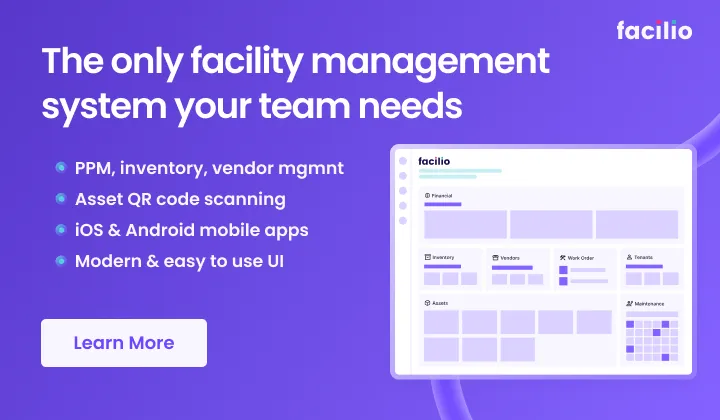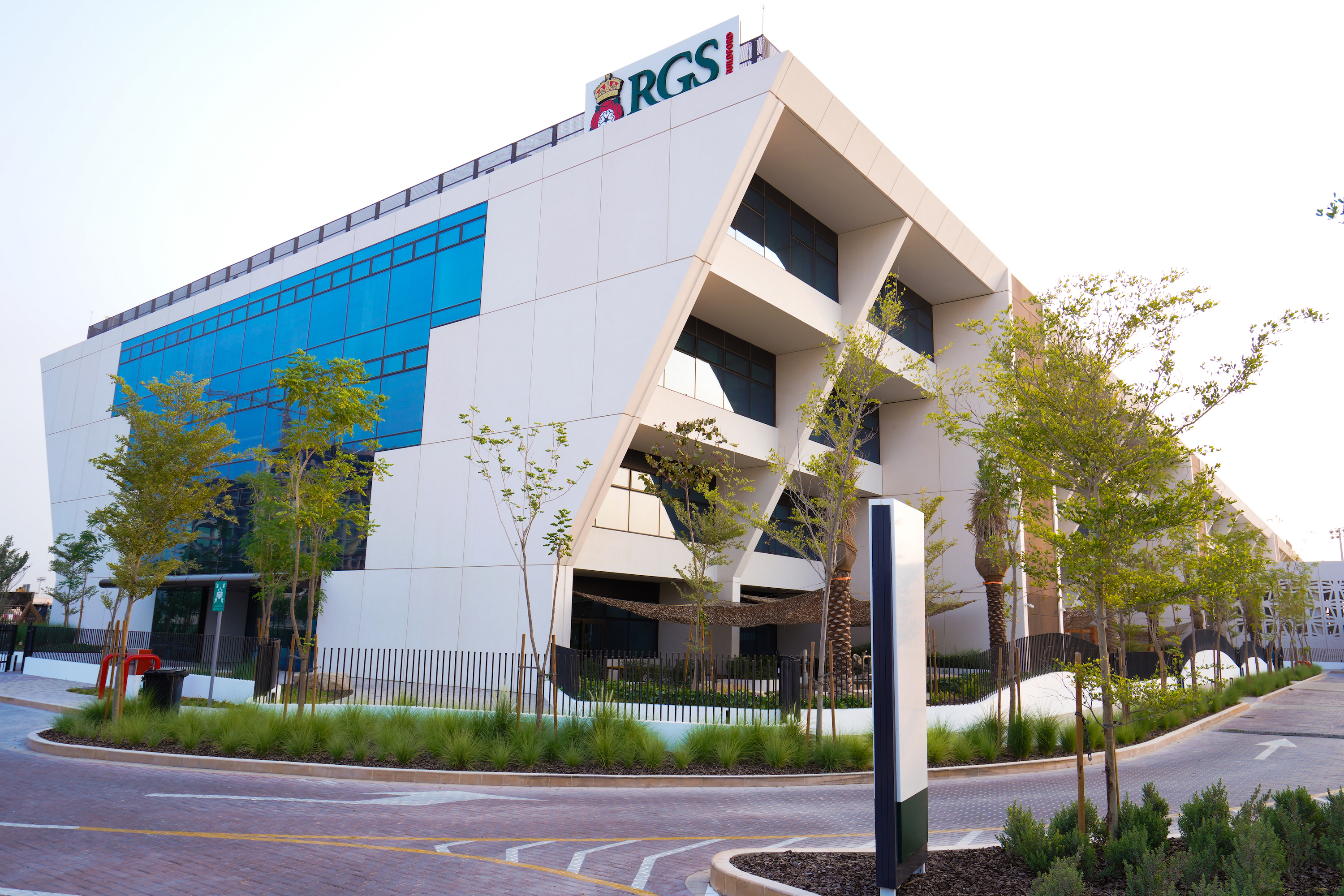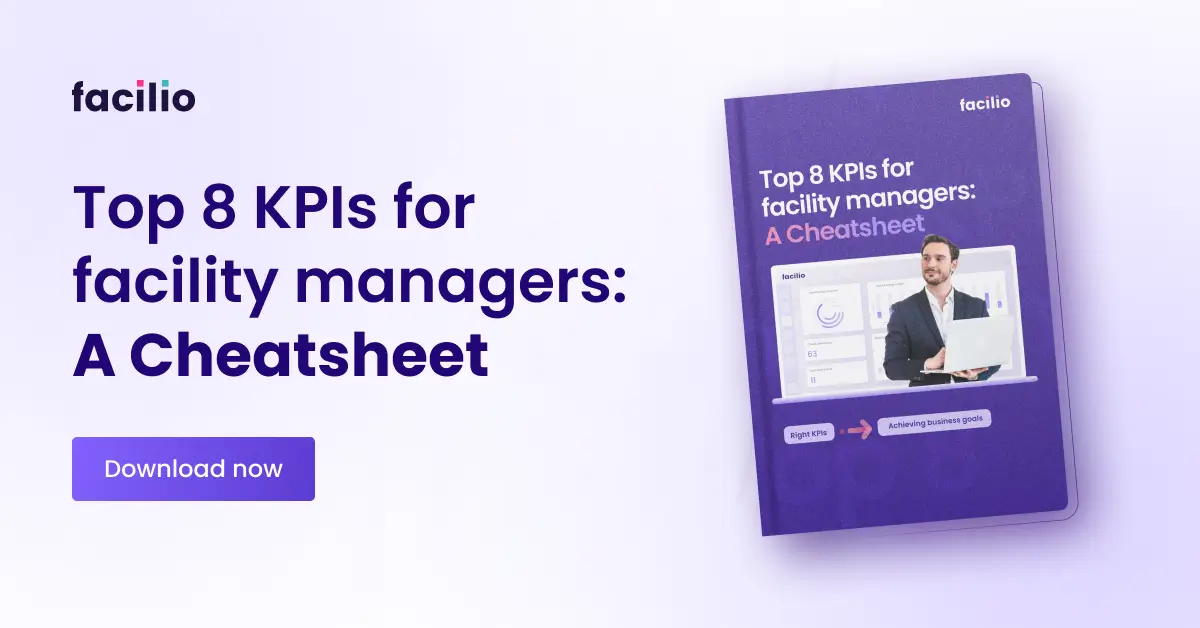School facility management: Steps, Importance & Benefits
School facility management plays a crucial role in creating a safe, comfortable, and conducive learning environment for students. It encompasses the planning, maintenance, and improvement of the physical infrastructure of educational institutions.
Effective facility management ensures that schools can provide a nurturing atmosphere that supports academic excellence and enhances the overall educational experience.
This article discusses seven essential steps for effective school facility management, highlighting the importance and benefits of each step, with actionable tips to help you plan effective FM for your educational facilities.

7 steps to effective school facilities management
This section uncovers the key elements for effective facility management, focusing on strategies that empower educational institutions to create safe, comfortable, and functional spaces.
From envisioning clear objectives and devising comprehensive plans to implementing preventive maintenance programs and leveraging technology, these steps offer a roadmap to optimize resources, enhance communication, and ensure seamless operations.
1. Establish a clear vision and mission for school facility management
To start, it is important to define the goals of your school's facility management program. What do you aim to achieve?
You can use the SMART framework (Specific, Measurable, Achievable, Relevant, Time-bound) to create clear and measurable objectives. For example, aim to reduce energy consumption by 10% within one year.
By establishing a clear vision and mission, you can align the efforts of your team with the broader objectives of your educational institution.
Whether it's creating a safe environment, promoting sustainability, or maximizing resource efficiency, a well-defined vision will guide your facility management initiatives.
Checkout How Melbourne’s renowned university reduced energy costs to fast-track their sustainability goals using Facilio

2. Create a comprehensive facility management plan
Developing a comprehensive facility management plan is essential for effectively managing your school's infrastructure.
This plan should include a detailed assessment of your facilities, identifying areas that require maintenance, repair, or improvement.
Use a facility condition assessment (FCA) to evaluate the condition of infrastructure elements such as roofs, HVAC systems, and plumbing. Assign condition ratings and prioritize areas needing attention.
To develop a maintenance, repair, and improvement plan, utilize a Computerized Maintenance Management System (CMMS) to track maintenance activities, schedule inspections, and allocate resources efficiently. Establish preventive maintenance schedules based on equipment manufacturer recommendations.
It should also outline a systematic approach to address these needs, incorporating a timeline, budget allocation, and staffing requirements.
Use a formula to calculate the facility management budget, considering factors such as maintenance costs, energy expenses, and capital improvements. Determine appropriate staffing levels based on the size and complexity of your facility.
A well-structured plan serves as a roadmap, ensuring that resources are utilized efficiently and that the facility management goals are met.

3. Implement a preventive maintenance program
Preventive maintenance is a key component of effective facility management. Regularly inspecting and maintaining your school's facilities helps you identify and resolve potential issues before they escalate into major repairs or safety hazards.
Develop checklists for routine inspections and implement a preventive maintenance schedule. Use condition-based monitoring techniques such as vibration analysis or thermal imaging to detect potential issues early.
Establish key performance indicators (KPIs) for maintenance, like the mean time between failures (MTBF) or planned maintenance percentage. Monitor these indicators to measure the effectiveness of your preventive maintenance program.
A proactive approach to maintenance ensures that the learning environment remains in optimal condition, minimizing disruptions and prolonging the lifespan of equipment and infrastructure.
4. Develop a system for tracking maintenance requests
Efficiently managing maintenance requests is crucial for addressing issues promptly. Implementing a system that enables staff, students, and other stakeholders to report maintenance needs streamlines the process and ensures that requests are handled in a timely manner.
You can use a CMMS like Facilio to enable staff, students, and stakeholders to submit maintenance requests from simple mobile apps. Automate workflow processes to ensure prompt handling of requests.
Create a prioritization matrix based on factors such as safety risks, impact on educational activities, and urgency to assign priority levels to maintenance requests. Categorize requests as high, medium, or low priority for efficient resource allocation.
Utilizing digital platforms or applications can enhance transparency, track progress, and facilitate effective communication between all parties involved.

5. Train your staff on facility management procedures
Properly trained staff plays a vital role in maintaining and managing school facilities. Providing training on facility management procedures equips your team with the necessary skills and knowledge to perform their roles effectively.
From routine maintenance tasks to emergency response protocols, ongoing training ensures that staff members are equipped to handle various situations, contributing to the overall safety and functionality of the school environment.
Offer hands-on training sessions, workshops, or online courses on topics such as equipment maintenance, energy conservation, and safety procedures. Encourage staff to acquire certifications in facility management.
Document step-by-step procedures for routine maintenance tasks, emergency response protocols, and safety practices. Make these Standard Operating Procedures (SOPs) easily accessible to staff for reference and training purposes.
6. Communicate effectively with the school community
Open and transparent communication is essential for building trust and support within the school community.
Keeping parents, teachers, and students informed about your facility management program fosters a sense of involvement and ownership.
Regular updates on maintenance activities, upcoming improvements, and safety initiatives help create a shared understanding and encourage collaboration between all stakeholders.

7. Leverage technology to improve operations
Use tools and software solutions to simplify and automate tracking maintenance requests, managing budgets, and communicating with the school community.
Utilize CAFM software to manage facility information, maintenance records, and space utilization. Use the system to generate reports, analyze data, and make informed decisions.
Install Building Automation Systems (BAS) to monitor and control building systems, such as lighting, HVAC, and security.
A cloud supervisory platform like Facilio integrates with your existing BAS/BMS, CMMS, CAFM, and other operations software and, with the power of IoT and machine learning (ML), helps you control and command systems across your portfolio remotely and in real-time.
Use real-time data to optimize energy efficiency, identify anomalies, and reduce operational costs.
Digital platforms streamline processes, automate routine tasks, and provide real-time data for informed decision-making, empowering facility managers to optimize resource allocation and improve overall operations.
Learn More: Best Facilities Management Software for Schools
Keeping your school safe and productive with a facility management software
Effective facility management is an investment in the future of education, providing students with the best possible environment for their growth and development.
Schools can optimize their FM processes by setting clear goals, developing comprehensive plans, utilizing technology, fostering open communication, enhancing safety and functionality, and continuously improving the learning environment.
Facilities management software like Facilio enable you to do all of this, and more.

Facilio can help you stay on top of your facilities with condition monitoring using IoT devices and automates actions like creating & assigning work orders or executing self-set-point corrections.
It also helps you optimize energy usage based on real-time occupancy, outside weather and helps you maintain great indoor air quality too.
Would you like to learn how Facilio can help improve FM for your educational institution? Schedule a demo with us today!




